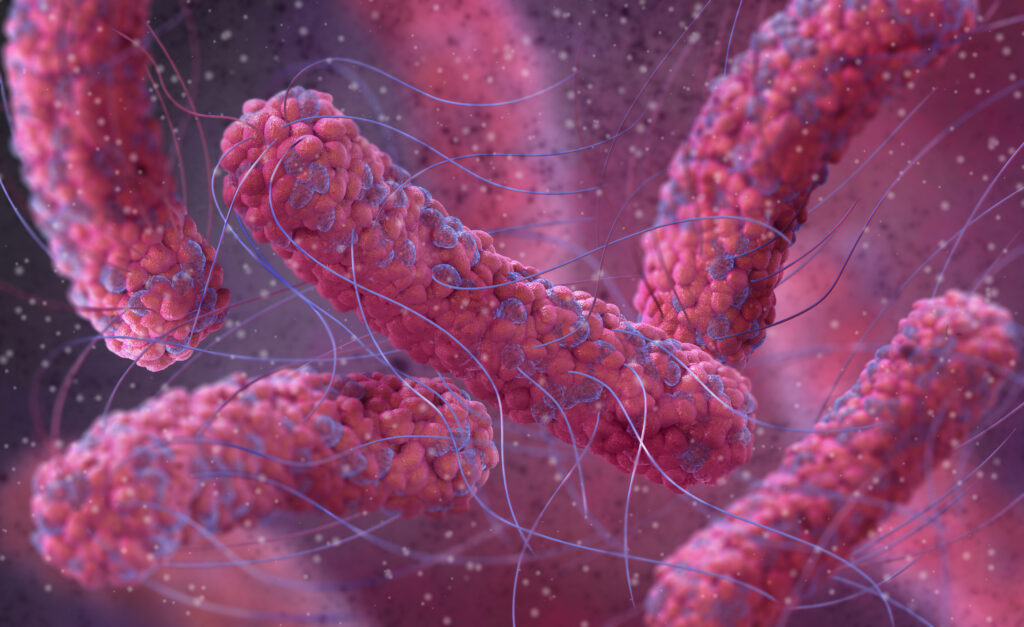
Response to Ian Musgrave’s “Open Letter to Dr. Michael Behe,” Part 3
This is the third of five posts in which I reply to Dr. Ian Musgrave’s “Open Letter to Dr. Michael Behe” on the Panda’s Thumb blog. In my reply to Smith I quoted from a review (3) which asked the question why, with so much genetic variation, do we just see “interesting variations” in biological properties. Smith, replying to me on her blog in high dudgeon, quotes the next paragraph of the review which details some of those interesting variations: The long terminal repeat region (LTR) of the HIV genome regulates transcription and viral replication, acting as a promoter responsive to the viral Tat protein. Although all subtypes share the same LTR function, they differ with respect to LTR sequence Read More ›